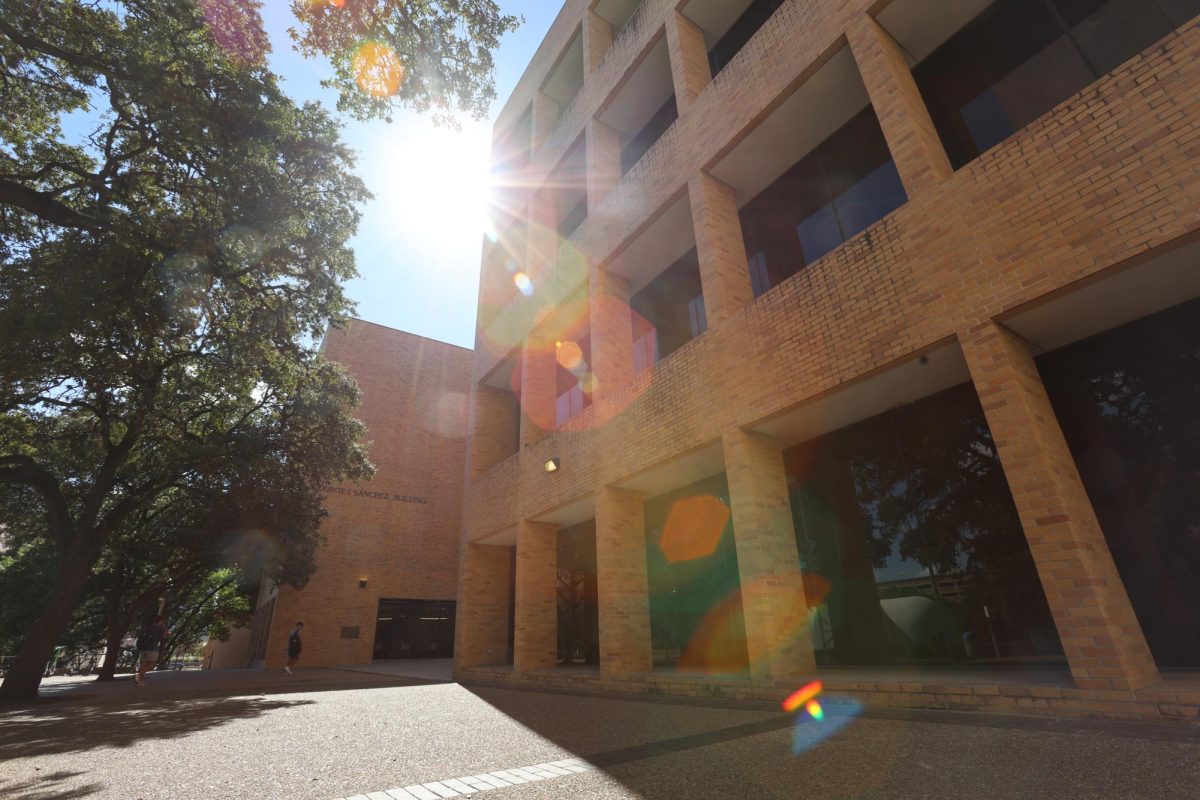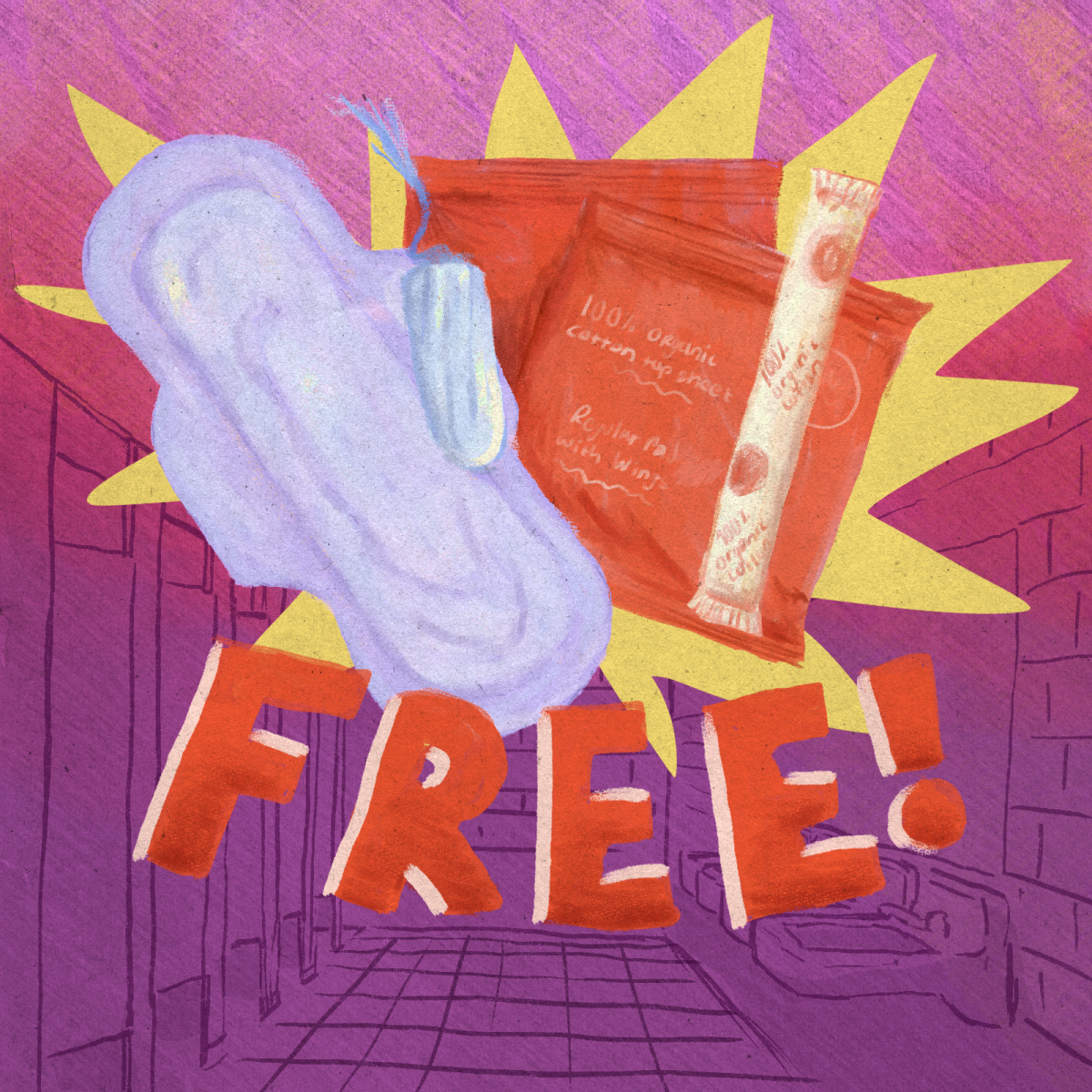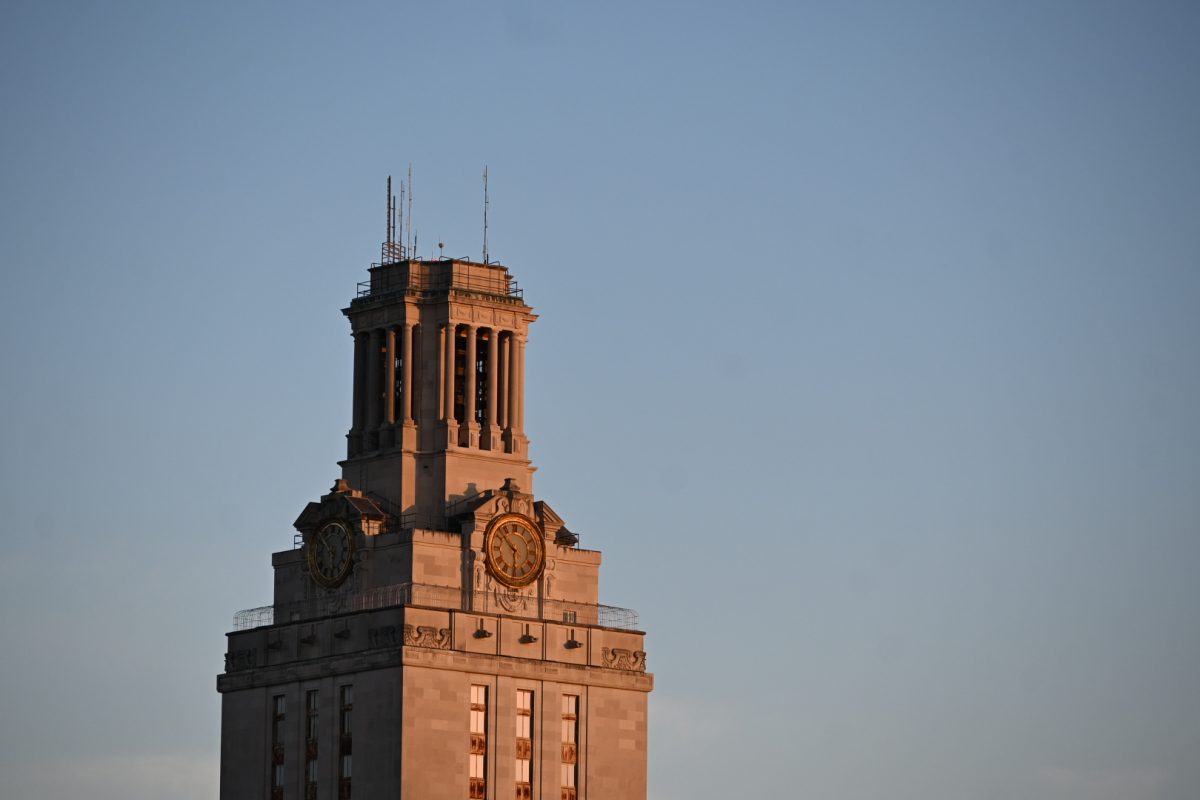Editor’s note: This story is the eighth in a series exploring race, racism and diversty on the UT campus.
The following stories are meant to be historical snapshots of the University of Texas at Austin through the stories of students and alumni. Their narratives do not serve as a comprehensive look at the University’s history, but instead are meant to remind us of the University’s racial context and to help us progress as a campus and a community.
Teresa Lozano Long’s father dropped her off at an Austin boarding house in 1945 after she graduated as valedictorian from her high school and earned a full ride to the University — a whopping $25 per semester.
Long earned her bachelor’s of science and physical education from the University and said she was the only Latina student in the program. Long later earned her master’s and doctorate from the University, and taught in a middle school where she helped integrate the white and Latino students. She is a major donor to the University and is on the advisory council for the University’s Teresa Lozano Long Institute for Latin American Studies.
Long said she became acquainted with two Chinese sisters, part of the small Asian community at the time, who had been raised in Mexico.
She said there were not many Latino students at the University because many were in the service during World War II, which made the Latino community tight-knit. Long said Latino student groups included a volleyball team and Alba, which Long joined.
“We sort of grouped ourselves together,” Long said. “We got together, had parties, went to Barton Springs, that sort of thing.”
Long said during her college years she would hear about instances like a Latino student not getting housing and said “it wasn’t overt,” but that type of discrimination against Latinos occurred in Austin.
After the war ended, masses of returning vets entered college on the G.I. Bill and as a result, the dynamic of the University and the country began to change.
“In the service, they got thrown together,” Long said. “You were fighting the same problem, a common issue.”
Long said the war ignited activism among the Latino community to challenge the discriminatory norms.
“When they saw what it was like to be treated like an American citizen they saw that there were different avenues,” Long said. “When they graduated they went back to their communities and changed the laws.”
At 17-years-old, Leon Holland entered the University as one of the first black students in the undergraduate program in 1956. Peggy Drake Holland attended the black high school in San Antonio with Leon, her future husband, and entered the University in 1958.
Leon Holland joined the ROTC program and is now a retired colonel after committing 41 years to the Army, specifically to the medical service corps. He said the military’s integrated environment was strikingly different from his experience at the University. After graduation, Peggy Holland worked for public housing and later taught middle school English and Spanish.
The University began to desegregate the undergraduate programs in 1956 after the UT System Board of Regents implemented policies aimed at making admission more difficult for black students. The “enrollment restriction plan” to deter black students from being admitted included the first aptitude and subject matter tests administered by Texas public schools, according to author Dwonna Goldstone’s “Integrating the 40 Acres: The Fifty-year Struggle for Racial Equality at the University of Texas.”
Leon Holland recalls the day his counselor told him and several other students that the University would be integrating.
“I had no preconceived notions about UT,” Leon Holland said. “I did not come with the expectation that I was going to be a pioneer.”
The University only desegregated on the surface and did not integrate the small population of black students into the rest of the campus community.
When Leon Holland drove up to the University for the first time, he was surprised to find wooden World War II barracks along Waller Creek as their housing. He said the separation of black students also pertained to the social realm and the classroom.
“Some classes you would sit down and know you’d have plenty of elbow room because no one would sit next to you,” Holland said.
For Peggy Holland, on top of braving the prejudice she received as a black student, she faced increased discrimination as a female student in the business school. She said many of her professors let her know that they did not appreciate her presence and an accounting professor treated her in such an awful way that she switched from being an accounting major to being a general business major.
“I was very disappointed because I was a very idealistic person,” Peggy Holland said. “I felt that they would be more intelligent and even if they thought it, they wouldn’t act on it.”
However, Peggy Holland said several professors helped her, including a personnel management professor who went to her co-op housing to make sure people did not keep her from safely getting on and off the bus for a trip.
Peggy Holland said one way students gave her the impression that they did not want her there was by purposefully running into her in the hallways.
“I do get emotional,” Peggy Holland said as she described her college memories.
The couple later retired in Austin and said they saw big progress being made to improve race relations. Leon Holland said relations can be further improved if people do not jump to discrimination and instead seek out truth about others through critical analysis.
“Truth is ignored,” he said. “We let our perception and prejudice and feelings dictate rather than deal with the truth.”
Leon Holland said he is proud to have a degree from the University, but said the institution needs to grow more in its inclusion of people from all races.
“I feel that UT is an outstanding institution,” Leon Holland said. “Whatever we can do to work together we want to do.”
Police arrested 10 students who remained in a University building after hours on May 4, 1999 to protest the administration’s disregard for student input and delay in establishing the Center for Asian American Studies.
Biochemistry senior Avani Raythatha is an Indian student who completed research on Asian activism at the University from 1992 to 2000. Raythatha said students struggled for years before the protest in an effort to get Asian-American studies approved by the administration, which it approved in 1996.
That same year, the U.S. 5th Circuit Court of Appeals ruled against affirmative action in Hopwood v. Texas. Raythatha said the decision shook the University and in response, many groups supported the Asian-American studies program to combat possible discrimination in wake of the ruling.
“That’s when a lot of people started getting involved because it was their ethnic studies sister,” Raythatha said. “It was other groups on campus coming to fight for it.”
The arrested protesters, known as “The UT 10,” rallied against the former Liberal Arts dean’s hiring decision for the center’s director, in which she did not follow the recommendation of the student-driven task force.
Raythatha said some people wondered why the students were arrested when earlier in the year, students protesting in favor of affirmative action after hours in the Tower were not arrested.
“Is that because it’s a more racially charged issue?” Raythatha said. “There’s that double standard.”
Raythatha said Asian-American studies pertain to issues today, including the misconception that Asian-American students are foreign. She said this influences students in different ways.
“You either just want to be American or you stay in your Asian clique,” Raythatha said.
Raythatha said this keeps many students from exploring Asian-American studies and is why it is more difficult to find the history of Asian-American students on campus.
“We definitely have a history here, but no one seems to talk about it or really discuss it,” Raythatha said.




















